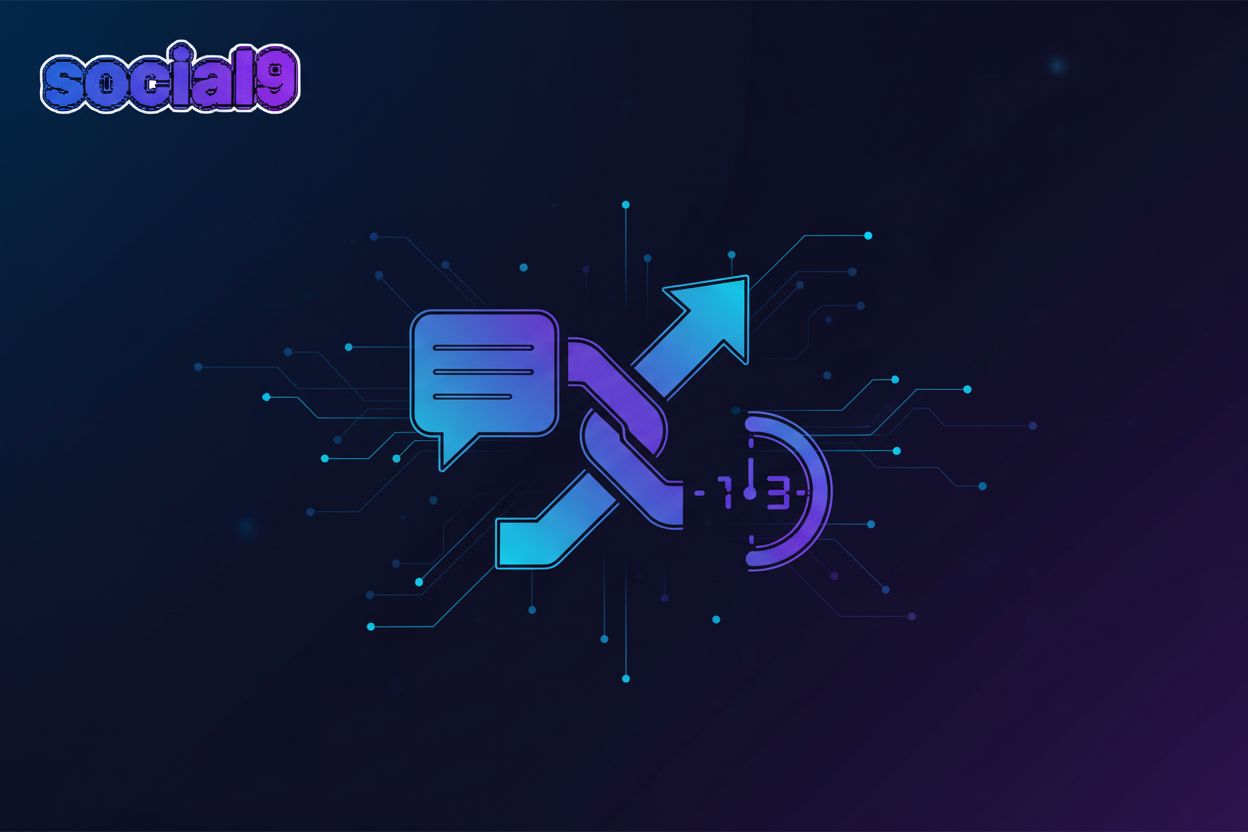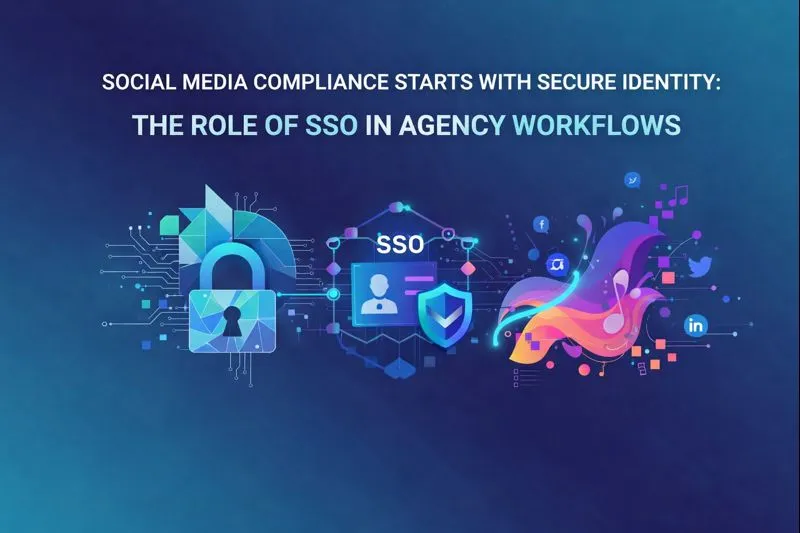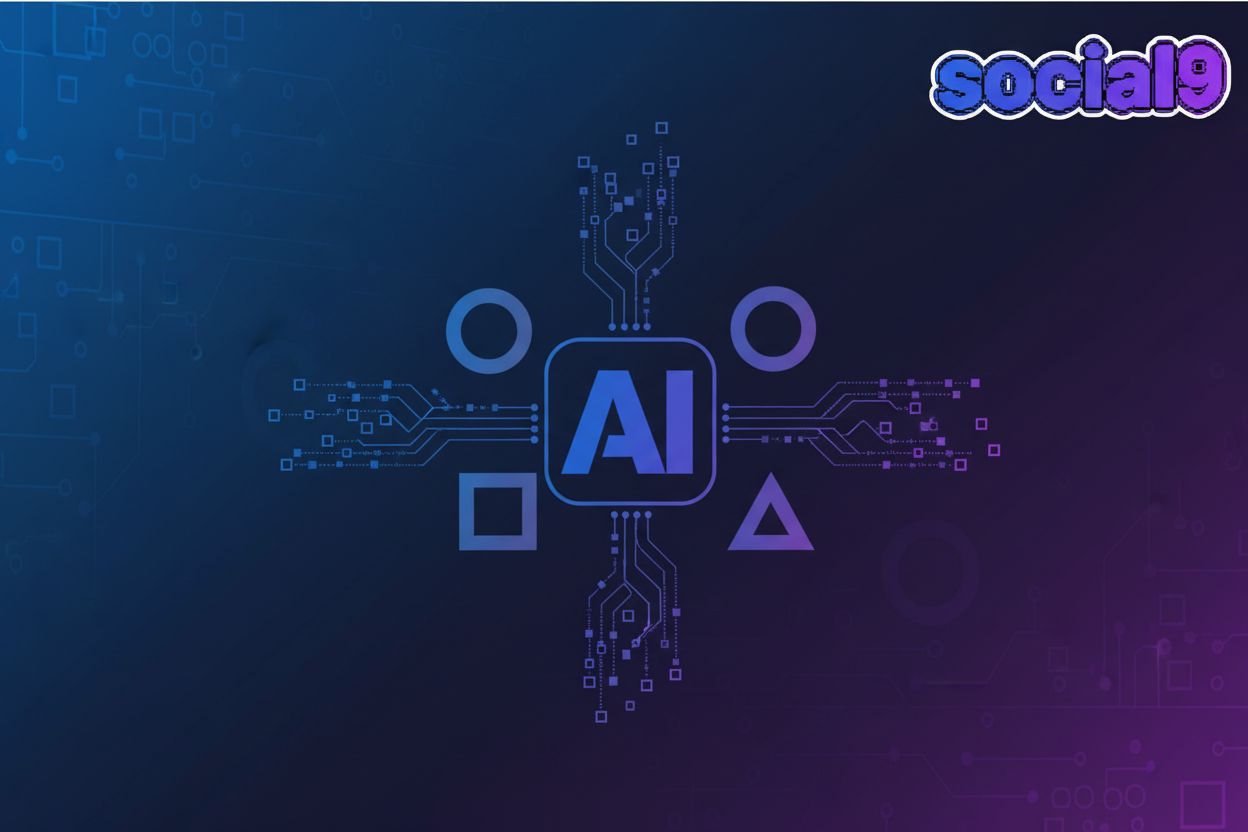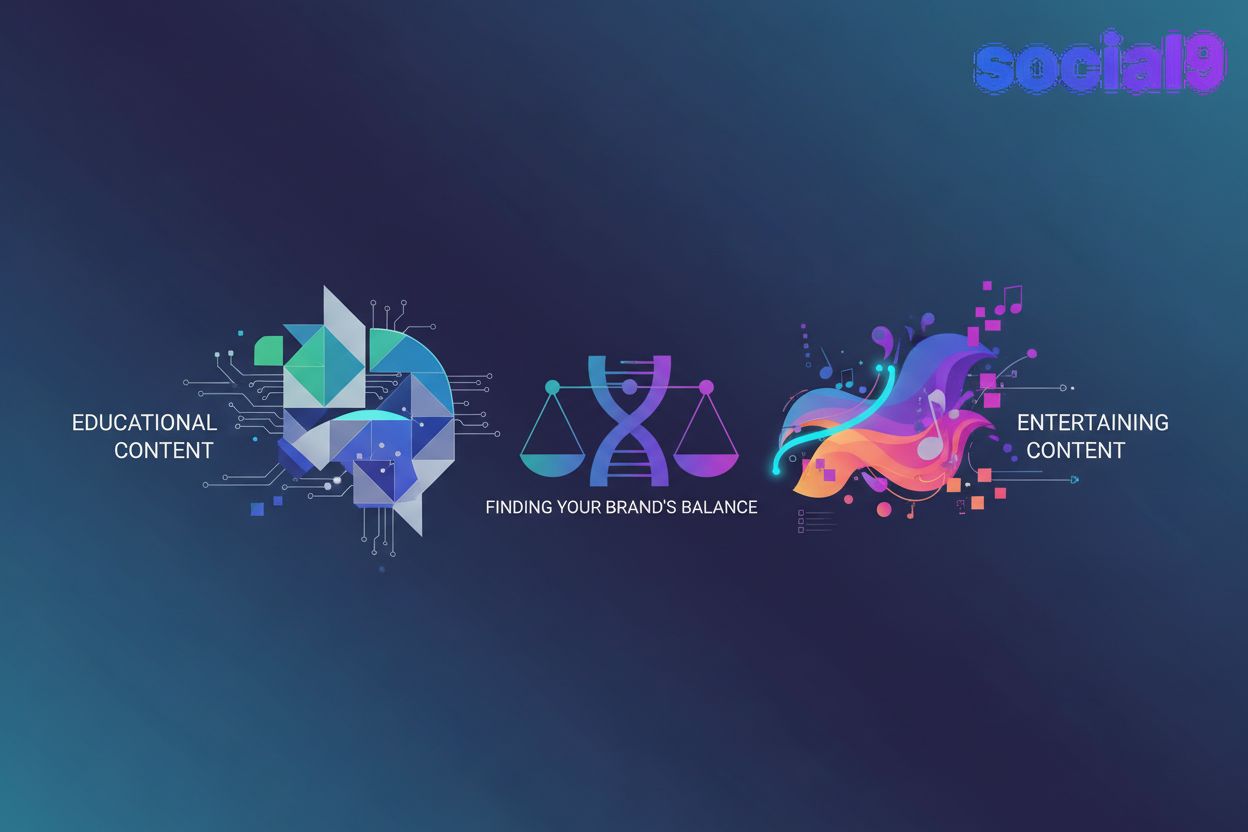Unlocking Hyper-Personalization: AI-Driven Segmentation for Micro-Communities
The Power of Micro-Communities in Social Media
Imagine connecting with your audience on a deeply personal level, where every piece of content resonates perfectly. That's the power of micro-communities in social media.
Micro-communities are niche groups of people united by shared interests, values, or passions. Think of specific hobby groups on Facebook or niche interest channels on YouTube. These groups foster deeper connections and more relevant content experiences.
Micro-communities thrive on platforms like Reddit, Discord, and even smaller sub-groups within larger social networks. (The Role of Micro-Communities in Social Media - Multipost Digital) These spaces allow members to engage in focused discussions, share specialized content, and build strong relationships around their shared passion.
Traditional segmentation often relies on broad demographics and general interests. This means marketers might group people by age, location, or general hobbies like "liking technology." (Understanding Market Segmentation: A Comprehensive ...) This approach misses the nuances of individual preferences within micro-communities. The result is generic content that fails to resonate with specific needs and interests. (Why Content Marketing Fails: 5 Common Pitfalls and Solutions)
For example, a general "tech enthusiast" segment won't capture the unique interests of a micro-community focused on open-source AI development. They might care about specific coding languages, ethical AI practices, or community contributions, not just general tech news. To truly connect, you need granular, behavior-driven strategies.
Focusing on micro-communities unlocks several key benefits. These include increased engagement, higher conversion rates, and stronger brand loyalty. Personalized messaging leads to more meaningful interactions and better results.
- Increased engagement: Content tailored to specific interests sparks more interaction.
- Higher conversion rates: Personalized messaging resonates better, driving action.
- Stronger brand loyalty: Communities appreciate brands that understand their needs.
- Effective ad spend: Targeted ads reduce waste and maximize roi.
According to Community-engaged artificial intelligence research: A scoping review, community engagement ensures that ai tools are generalizable and reproducible, while also mitigating bias against underrepresented groups.
Ai can help identify and understand these micro-communities by analyzing social data, online behaviors, and content preferences. This allows for a more tailored approach to content creation and marketing.
Micro-communities offer fertile ground for authentic engagement and deeper connections. Next, we'll explore why traditional segmentation methods fall short in this new landscape.
AI-Driven Segmentation: A Deep Dive
Ai is transforming how we understand and connect with audiences. Let's explore how ai-driven segmentation works and why it is essential for micro-communities.
Ai techniques like machine learning and natural language processing analyze vast datasets. This analysis reveals behavioral patterns and motivations that traditional methods miss. The shift from broad segments to individual-level personalization becomes possible.
Ai's ability to analyze browsing habits, purchase history, and even user sentiment leads to unmatched accuracy. Micro-segments within larger groups allow marketers to target niche audiences with extreme precision. Predictive analytics can then forecast future behaviors, while clustering algorithms group users by traits that go beyond the obvious.
- Behavioral Segmentation: Ai analyzes user actions, purchase history, and content interactions. For example, an e-commerce platform might use machine learning to identify users who consistently browse specific product categories but abandon their carts. Targeted ads with personalized discounts can then re-engage these users.
- Psychographic Segmentation: Sentiment analysis and social listening help understand values, interests, and lifestyle choices. A healthcare provider could use natural language processing to analyze patient reviews and social media posts. This analysis identifies concerns and tailors communication to address patient values.
- Predictive Segmentation: This isn't so much a separate category as it is an outcome of applying predictive analytics to behavioral and psychographic data. For instance, a financial institution might use machine learning to predict which customers are most likely to apply for a loan based on their past behaviors and stated preferences. This allows for proactive marketing efforts with customized offers, effectively segmenting them into a "high-potential loan applicant" group.
Ai systems deliver continuously updated audience intelligence. Live analytics track campaign performance, custom reporting provides actionable insights, and data cleaning eliminates duplicates and errors.
Ai enables more efficient use of advertising budgets by predicting which segments are most likely to convert.
With BrightBid, ai uncovers inefficiencies in real-time, flagging mismatched keywords targeting the wrong segments. Automated a/b testing and campaign adjustments drive higher returns with less waste.
Ai-driven segmentation allows for real-time insights that optimize campaigns. Now, let's dive into why traditional segmentation methods fall short.
Implementing AI Segmentation: A Practical Guide
Implementing ai segmentation might seem daunting, but it's achievable with the right approach. Let's break down the essential steps to get you started.
Effective ai segmentation starts with gathering comprehensive data. Collect data from various sources like crm systems, web analytics platforms, social media channels, and customer surveys.
- CRM Data: Gather customer demographics, purchase history, and interaction logs for a holistic view.
- Web Analytics: Track browsing behavior, time spent on pages, and conversion paths to understand user intent.
- Social Media: Monitor engagement, sentiment, and interests expressed on social platforms to gauge brand perception.
- Surveys: Collect direct feedback on preferences, needs, and satisfaction levels to enrich customer profiles.
Ensuring data quality and consistency is crucial for accurate segmentation. Inconsistent or incomplete data can lead to skewed results and ineffective targeting. Ai systems help with this by delivering continuously updated audience intelligence. Live analytics track campaign performance, custom reporting provides actionable insights, and data cleaning eliminates duplicates and errors, all within the ai platform itself. Integrate all data sources into a centralized platform to create a unified customer view.
Selecting the right ai tools is essential for successful segmentation. Evaluate different options based on your specific needs and budget.
- Ease of Use: Opt for tools with intuitive interfaces that don't require extensive technical expertise.
- Scalability: Ensure the tool can handle growing datasets and increasing segmentation complexity as your business expands.
- Integration: Choose tools that seamlessly integrate with your existing marketing and analytics infrastructure.
- Algorithmic Capabilities: Look for tools that offer a range of machine learning algorithms suitable for different segmentation tasks.
Use machine learning to identify hidden patterns and micro-segments within your audience. Machine learning algorithms can uncover relationships that traditional segmentation methods often miss. Incorporate customer feedback to continuously refine your segmentation criteria.
- Feedback Loops: Regularly collect feedback through surveys, reviews, and direct interactions to keep segments aligned with customer needs.
- Iterative Optimization: Continuously iterate and optimize your ai models over time for improved accuracy.
By following these steps, you can begin using ai to create more effective and relevant content experiences for your audience. Next, we'll explore how to leverage ai-powered tools for content creation.
Content Creation for Micro-Communities
Creating content that resonates with micro-communities requires a laser focus. Generic content won't cut it; you need hyper-personalization to truly connect.
To create content that speaks directly to the interests and values of each micro-community, start by understanding their unique language and cultural nuances. Use personalized messaging, visuals, and offers that reflect their specific identity.
- For a micro-community of sustainable living enthusiasts, create blog posts detailing eco-friendly product reviews and diy tips.
- A group of indie game developers might appreciate in-depth tutorials on niche game engine features or interviews with successful indie creators.
- For healthcare, tailor content to address specific patient concerns within a particular demographic, ensuring it aligns with their cultural values and health literacy. For example, a campaign targeting new mothers in a specific urban neighborhood could focus on accessible local childcare resources and mental health support, using culturally relevant imagery and language.
Content formats should also align with the preferences of different groups. Short-form video is ideal for tiktok, while in-depth articles work well on linkedin.
One of the most effective ways to build authenticity is by encouraging community members to create and share content. This not only saves you time but also fosters a sense of ownership and belonging.
- Run contests or challenges that incentivize members to submit their own stories, photos, or videos.
- A retail brand could curate and promote customer photos showcasing their products in real-life settings.
- Ai can help identify trending discussions within your community, allowing you to create content that directly addresses those popular topics or even highlight and amplify the best user-generated content related to them.
Use ai to analyze content performance and identify what resonates with each micro-community. Adjust your content strategy based on real-time feedback and analytics.
- Experiment with different content types, headlines, and calls-to-action.
- If a particular style of video performs exceptionally well with a younger audience, create more content in that style.
- If a specific headline structure drives more clicks from a professional audience on linkedin, adapt that structure for future articles.
By leveraging ai, you can continually refine your approach, ensuring that your content remains relevant and engaging.
With the right hyper-personalization strategies, you can transform your content into a powerful tool for community building. Next, we'll explore how to measure success and roi.
Measuring Success and ROI
Are you ready to see how your ai-driven micro-community segmentation is performing? Measuring success and return on investment (roi) is crucial to refining your strategies and maximizing impact.
To effectively measure the success of your ai-driven segmentation, focus on a few key performance indicators (kpis). These metrics will provide insights into how well your content resonates and drives desired actions.
- Engagement rate: This includes likes, comments, and shares. High engagement indicates that your content is relevant and valuable to the micro-community.
- Conversion rate: Track leads, sales, and sign-ups resulting from your targeted content. A higher conversion rate demonstrates that your personalized messaging is effective in driving action.
- Customer lifetime value (cltv): Measuring cltv helps understand the long-term impact of your efforts. Increased loyalty and repeat purchases from micro-community members indicate a strong roi.
- Brand sentiment and advocacy: Monitor how your brand is perceived within these communities. Positive sentiment and increased advocacy suggest that your strategies are building trust and loyalty.
Attribution modeling uses ai to connect conversions and revenue to specific content and campaigns. This helps to understand the customer journey and identify the touchpoints that drive success.
By analyzing the various interactions a customer has with your brand, ai can determine which content pieces or campaigns were most influential in leading to a conversion. This insight allows for the optimization of marketing spend based on roi analysis, ensuring resources are allocated to the most effective strategies.
The final step in measuring success is to establish a process for continuous improvement. Regularly review and refine your ai segmentation and content strategies to ensure they remain effective.
Stay up-to-date with the latest ai trends and best practices to leverage new opportunities. Adapt to changes in customer behavior and preferences to maintain relevance and engagement within your micro-communities.
By focusing on these key areas, you can effectively measure the success and roi of your ai-driven segmentation efforts. This data-driven approach will help you refine your strategies and achieve better results over time.
Now that you know how to measure success, let's look at the future of ai and micro-communities.
Social9: Your AI-Powered Content Partner
Social9 can help content creators unlock the power of ai for micro-community engagement. Let's explore how this ai-powered tool can transform your content strategy.
- Social9’s AI-Powered Generation: Content creators can revolutionize their content creation process with ai that understands their brand voice and target audience. Social9's ai generates high-quality posts and captions effortlessly.
- Smart Captions: Crafting compelling captions that capture attention and drive engagement is crucial. Social9 offers ai-driven precision to tailor captions for each micro-community.
- Hashtag Suggestions: Maximize your content's reach with ai-powered hashtag suggestions. Social9 ensures your content is seen by the right audience.
- Content Templates: Save time and maintain consistency with professionally designed content templates. Social9 provides templates that are easily customizable for each micro-community.
- 24/7 Support: Navigating the world of ai-driven content creation can be challenging. Social9 offers round-the-clock support to help you optimize your social media strategy.
Using Social9, content creators can create hyper-personalized content for different micro-communities. By automating content scheduling and publishing, they can achieve maximum impact.
Social9's built-in analytics dashboard makes it easy to analyze content performance. This helps content creators understand what resonates with each micro-community.
For instance, a retail brand targeting a micro-community of eco-conscious consumers could use Social9 to generate captions highlighting the sustainable materials used in their products. They could also use Social9's hashtag suggestions to find relevant hashtags like #sustainablefashion or #ecofriendlyliving.
In healthcare, a provider targeting a micro-community of new parents could use Social9 to create content addressing common concerns about infant care. They could also use Social9's content templates to create visually appealing infographics about vaccination schedules and healthy eating habits.
By leveraging Social9, content creators can create more engaging and relevant content for their target audiences.
The Future of AI and Micro-Communities
The intersection of ai and micro-communities is poised to redefine digital interaction. As ai technology continues to evolve, its impact on how we connect and engage within these specialized groups will only deepen.
Advancements in AI algorithms are enabling more precise and nuanced segmentation. Machine learning models can now analyze vast datasets to identify subtle patterns and preferences within micro-communities. For example, more sophisticated sentiment analysis could help understand the emotional tone of discussions, leading to better content that fosters positive interactions.
The ethical considerations around ai and data privacy are gaining prominence. As ai becomes more integrated into community building, ensuring responsible data handling and transparency is crucial.
AI integration with other marketing technologies is streamlining content delivery. This allows for automated personalization and optimization of content across various platforms.
Ai can foster meaningful connections by analyzing member interactions and suggesting relevant content. This helps to create a more engaging and personalized experience for community members.
Creating personalized experiences enhances engagement by tailoring content, offers, and recommendations to individual preferences. Ai-driven insights ensure that every member feels understood and valued.
Ai can empower community members by providing tools that allow them to shape the direction of their groups. This includes features like automated content moderation, personalized recommendations, and ai-driven feedback mechanisms.
Ai-driven segmentation offers significant benefits for micro-communities by enhancing engagement and personalization. Building on the principle that community engagement ensures ai tools are generalizable and reproducible, while also mitigating bias against underrepresented groups, the future holds even more promise for inclusive and effective community building.
It's time to embrace ai as a key component of your content strategy.





